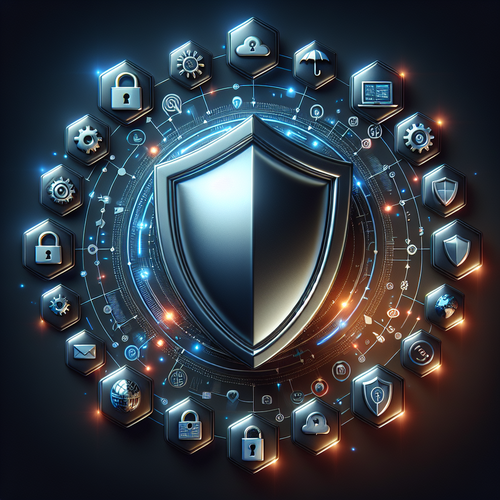
How Web3 Is Transforming The Internet
Introduction to Web3 and Its Impact on the Internet
In today’s rapidly evolving digital era, Web3 stands out as a groundbreaking innovation poised to transform how we interact with the web. Unlike Web 2.0, which is driven by centralized platforms, Web3 emphasizes decentralization, giving users unprecedented control over their data and digital identity.
Understanding Web3
Web3 leverages blockchain technology, allowing for a more secure and transparent internet. By decentralizing data, individuals can own and manage their personal information without the need for third-party intermediaries.
Key Features of Web3
- Decentralization: Data is distributed across a network, reducing reliance on single entities.
- Enhanced Security: Blockchain offers robust security through cryptographic principles.
- User Ownership: Users have control over their own data, enhancing privacy.
How Web3 Works
Web3 operates on decentralized networks, often using smart contracts for executing transactions. These smart contracts are self-executing agreements coded to function under specific conditions, thereby enhancing trust among parties.
An important aspect of Web3 is its integration with digital identity systems, making it possible for users to maintain reputation systems and manage their identities across various services seamlessly.
Implications for Business
For businesses, Web3 opens up new avenues for interaction with customers, offering personalized services while ensuring data privacy. This fosters trust and can enhance brand reputation.
Challenges and Considerations
Despite its benefits, Web3 faces criticisms and challenges. Scalability, energy consumption, and regulatory issues are significant considerations that need to be addressed for its broader adoption.
Ongoing Developments
Significant research and development are underway to tackle these challenges, and various pioneering projects are pushing Web3 closer to mainstream adoption. The exploration of quantum computing, as detailed in our recent post on Quantum Encryption, also holds promise for enhancing Web3 security measures.
Conclusion
Web3 has the potential to redefine our online interactions, offering a democratized internet experience. As development continues, it remains crucial for stakeholders to collaborate and ensure that the future of the web is more inclusive, secure, and user-centric.
For a deeper understanding of the differences between traditional architectures and upcoming technologies, refer to our article on Data Lakes vs Data Warehouses.














